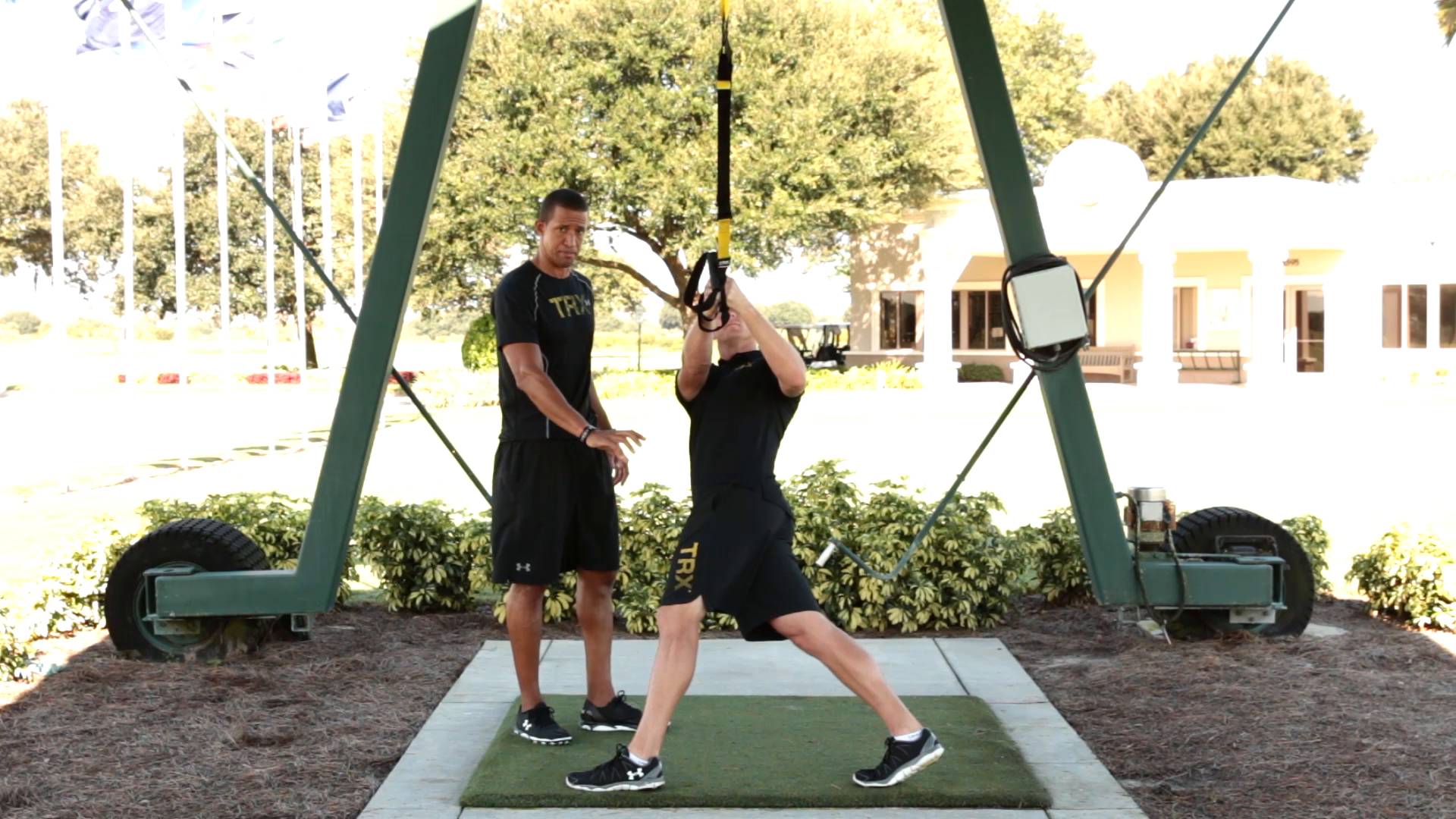
Referred to as the new “in” surgery after A-Rod underwent the procedure in March 2009, a torn hip labrum will certainly place you on the DL. In this installment of Ask the Doctor, Dr. Perkash addresses a question from a member of the TRX Community on whether the TRX can be used both pre and post surgery to repair a torn labrum.
Question
I am going to have a surgery to repair a torn labrum in my hip in about a month. I've been struggling to stay fit, and I've basically been limited to pull-ups and push-ups (everything else seems to increase my hip pain). What exercises can I do with my TRX Suspension Trainer to help with my rehab, both leading up to the surgery and afterwards? I'm a big fan of the TRX FORCE Program. I just haven't been able to do most of these movements without paying for it later.
Answer
The labrum is a rim of cartilage that helps to form part of the “socket” in the hip and shoulder joints. The cartilage may be torn or damaged and be a source of pain. Injuries to the shoulder labrum have been much more extensively studied, but more recently, minimally invasive hip surgery, known as hip arthroscopy, has become increasingly used.
Typical symptoms of a torn hip labrum include groin pain, clicking or snapping sensations of the hip and limited range of motion of the hip joint. Surgery for a torn hip labrum usually involves placing a camera through a small incision into the hip joint to better visual the joint and to trim or remove the torn portion of the labrum or in some cases, attempt to repair it. Recovery from surgery may take six to 12 weeks with a carefully directed rehabilitation program under the guidance of an orthopedic surgeon and a physical therapist.
Once adequate time has passed in order to recover from surgery, full rehabilitation exercises can be implemented in order to strengthen the musculature around the hip joint (i.e., hip flexors, gluteus muscles, hamstrings, etc…). If you are having pain with range of motion of the hip before your surgery, and physical therapy exercises are aggravating your symptoms rather than helping, I would suggest waiting until an appropriate time after your surgery (under the guidance of your physician) before initiating any new exercises of the affected hip.
Depending upon the findings during surgery and the nature of the excision/repair of the labrum itself, your rehabilitation may progress at a different rate. Again, you must follow the guidelines of your orthopedic surgeon and physical therapist before progressing in any rehabilitation program for your condition.
Ultimately, the following TRX exercises (with progressions) may be beneficial for improving the range of motion of the hip joint and strengthening the surrounding musculature:
- TRX Step Side Lunge
- TRX Step Back Lunge
- TRX Balance Lunge
- TRX Crossing Balance Lunge
- TRX Hamstring Curl
- TRX Hamstring Runner
- TRX Plank
- TRX Side Plank (with or without Hip Drop)
- TRX Crunch
- TRX Oblique Crunch
- TRX Squat
- TRX Single Leg Squat
- TRX Low Row
- TRX Overhead Back Extension
- TRX Standing or Kneeling Roll Out
- TRX Hip Hinge (Wide Stance or Single Leg)
For early stage hip rehabilitation, an assisted squat with a chair and an assisted march facing toward and away from a chair may be useful.
For more on how TRX Suspension Training bodyweight exercise is a safe, scalable and effective solution for you or your patients, visit our Sports Medicine page.
NOTE: Any medical information in this blog is of a general nature and not a substitute for the advice of a medical professional. If you need medical advice, see a doctor.


